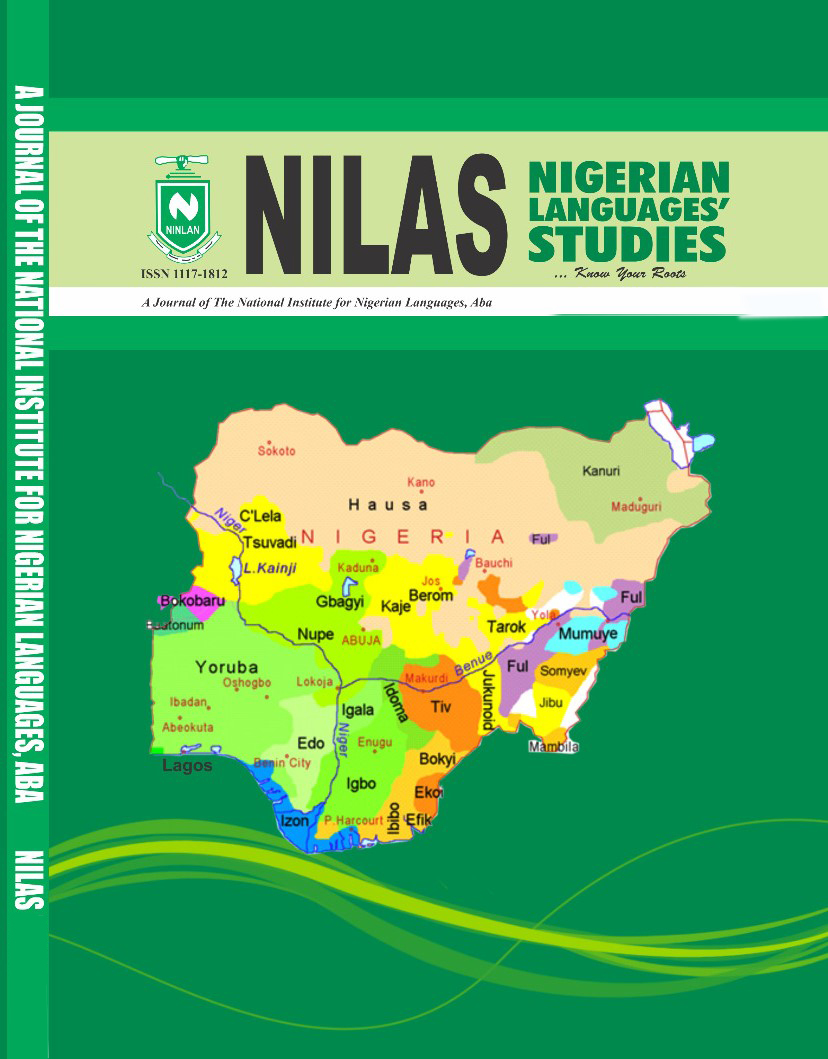WH-QUESTION FORMATION MARGI: A GOVERNMENT AND BINDING APPROACH
Main Article Content
Abstract
This study examines questions in Màrgί using Chomsky (1981) Government and Binding theory. The study is essential in view of the role that questions play in thelanguage. The data which were collected using interview, checklist, and Màrgί language books were analyzed descriptively. Government and Binding method of analysis was adopted in analyzing the collected data. The analysis reveals two types of wh-questions in Màrgίlanguage, the simple and the complex wh-questions. Wh-questions are formedin Màrgί through the use of transformational processes. The wh-question markers such as wà ‘who’, mὶ ‘what’, úmárὶ ‘where’, látú-màrὶ ‘when’, àbárὶ ‘how’, màrὶ ‘which’ and wàn ‘whom’ are used in the language. In the formation of the simple wh-question, the question markers can be moved from the object position in an echo question to the spec position or before the auxiliary verb. In the formation of the complex wh question, the Màrgί language exhibits pied-piping as its features as the wh-operator always moves with the head of the phrase. This kind of movement is only permited in the language within the embedded clause, but not outside the clause. The studydiscovers that in the analysis of Màrgί wh-questions, the theories and principles of the model of GB are attested with more preference to move-alpha, trace; the wh-operator moves out of its extraction site (IP) into spec to interrogate a statement. This paper is a documentary contribution to the on-going research towards strengthening endangered languages such as Màrgί.
Article Details

This work is licensed under a Creative Commons Attribution-NonCommercial-NoDerivatives 4.0 International License.

